A jazz musician seeks refuge from a lynch mob on a remote island, where he meets a hostile game warden and the young object of his attentions.
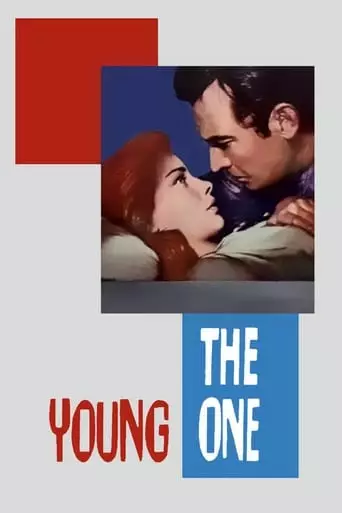
A jazz musician seeks refuge from a lynch mob on a remote island, where he meets a hostile game warden and the young object of his attentions.
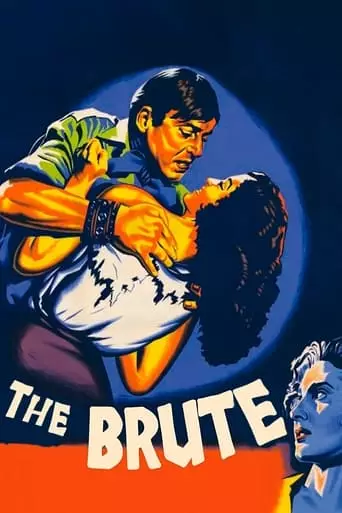
A tough young man, who helps to kick poor people out of their houses, falls in love with a girl. She lives with her father in the building about to […]
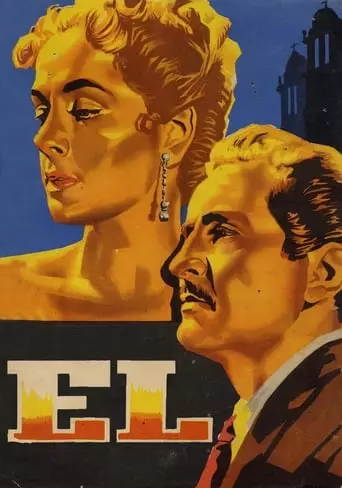
Gloria encounters Francisco, a man whose social veneer betrays a truer self burrowed underneath.
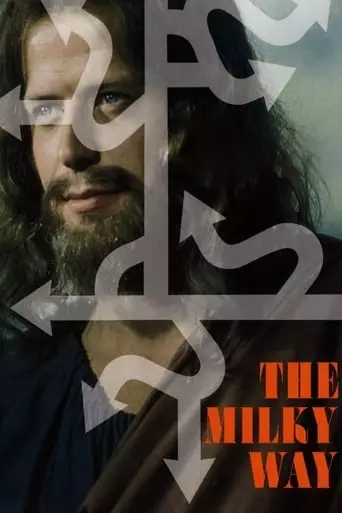
Two men, part tramp, part pilgrim, are on their way to Santiago de Compostela in Spain. On their way they meet a whole assortment of people—some truculent, some violent, and […]
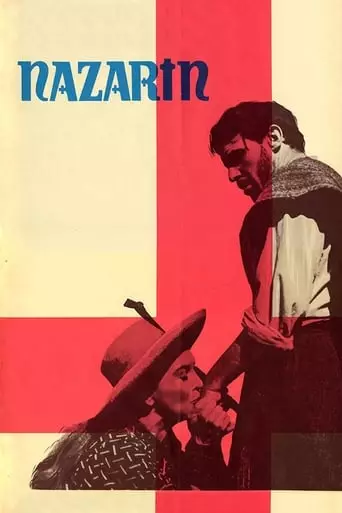
After hiding a murderer, a Catholic priest is forced into self-exile and decides to embark on a pilgrimage through the Mexican countryside.
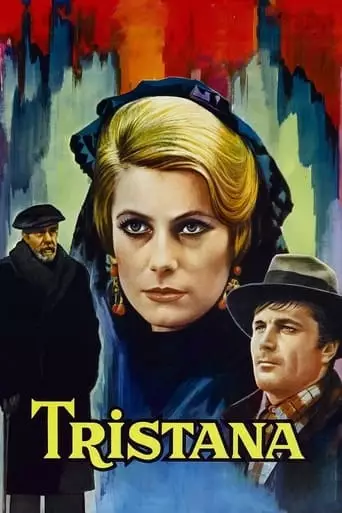
As a young woman, Tristana is orphaned and taken under the guardianship of Don Lope, a respected member of the community, who takes advantage of his innocent charge. When Tristana […]
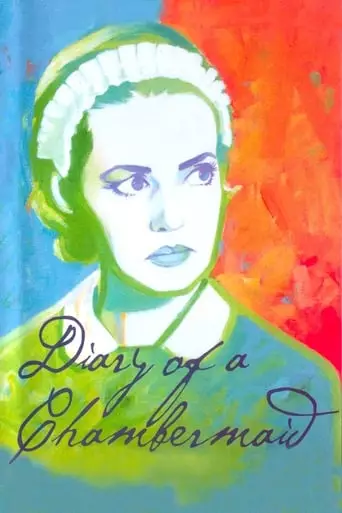
Celestine has a new job as a chambermaid for the quirky M. Monteil, his wife and her father. When the father dies, Celestine decides to quit her job and leave, […]
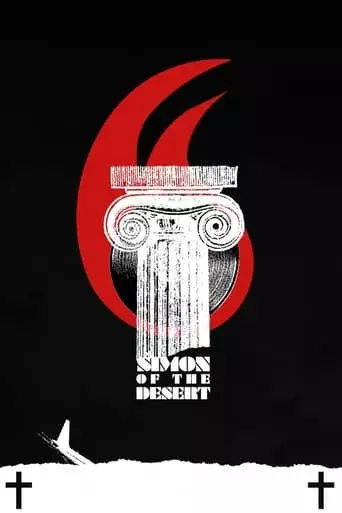
Simon, a deeply religious man living in the 4th century, wants to be nearer to God so he climbs a column. The Devil wants him come down to Earth and […]
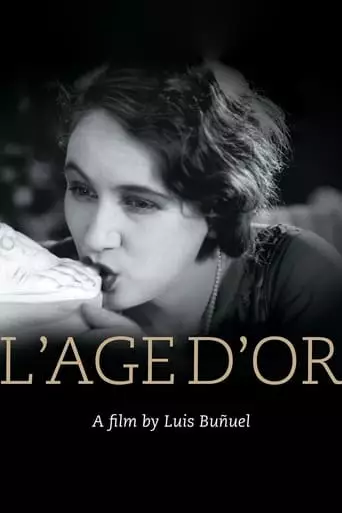
The film consists of a series of tightly interlinked vignettes, the most sustained of which details the story of a man and a woman who are passionately in love. Their […]
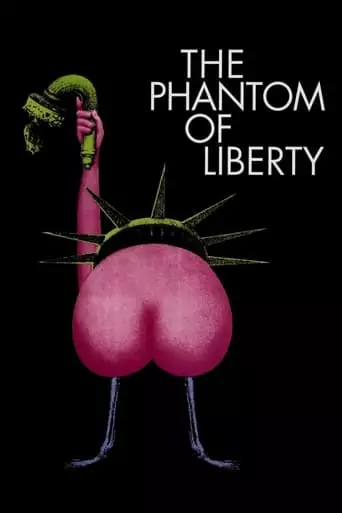
This Surrealist film, with a title referencing the Communist Manifesto, strings together short incidents based on the life of director Luis Buñuel. Presented as chance encounters, these loosely related, intersecting […]
Luis Buñuel: The Father of Surrealist Cinema
Luis Buñuel (1900–1983) is a towering figure in the history of cinema, renowned for his subversive, provocative, and surrealist films. Over a career spanning nearly five decades and multiple countries, Buñuel created a body of work that challenged social conventions, religious dogma, and bourgeois values. With films like Un Chien Andalou (1929), The Discreet Charm of the Bourgeoisie (1972), and Belle de Jour (1967), Buñuel established himself as one of the most daring and innovative directors of the 20th century.
Early Life and Surrealist Beginnings
Luis Buñuel was born on February 22, 1900, in Calanda, Spain, into a wealthy and deeply religious family. This strict Catholic upbringing would later inform his critical depictions of institutionalized religion.
Buñuel studied at the University of Madrid, where he befriended painter Salvador Dalí and poet Federico García Lorca, both of whom would become central figures in modern art and literature. His exposure to avant-garde movements, particularly surrealism, profoundly shaped his artistic vision.
In 1925, Buñuel moved to Paris, the epicenter of surrealist activity, where he joined the circle of André Breton and the Surrealist group.
The Surrealist Masterpieces
“Un Chien Andalou” (1929)
Buñuel’s directorial debut, created in collaboration with Salvador Dalí, remains one of the most iconic works of surrealist cinema. The film’s dreamlike, non-linear narrative defies logic, featuring unforgettable images like a razor slicing through an eyeball. Un Chien Andalou shocked audiences and solidified Buñuel’s reputation as a radical artist.
“L’Âge d’Or” (1930)
Buñuel followed his debut with L’Âge d’Or, another surrealist milestone. The film satirizes bourgeois society and the Catholic Church, earning both acclaim and outrage. Its provocative content led to riots at its premiere and a decades-long ban in France, cementing Buñuel’s status as a bold provocateur.
Exile and Evolution
The Spanish Civil War and World War II forced Buñuel into exile. After a stint in Hollywood as a technical consultant and editor, he eventually moved to Mexico, where he reinvented himself as a director of feature films.
Mexican Period
During the 1940s and 1950s, Buñuel made numerous films in Mexico, often blending neorealist influences with his surrealist roots. Notable works include:
“Los Olvidados” (1950): A grim depiction of poverty and juvenile delinquency, this film earned Buñuel the Best Director award at the Cannes Film Festival and marked his resurgence on the international stage.
“Él” (1953): A psychological drama about jealousy and obsession that delves into the dark corners of the human psyche.
Return to Europe and Global Acclaim
Buñuel’s return to European filmmaking in the 1960s marked a renaissance in his career, as he crafted some of his most celebrated works.
“Belle de Jour” (1967)
Starring Catherine Deneuve, Belle de Jour is a sensual and subversive exploration of desire, repression, and fantasy. The film’s story of a bored housewife who leads a double life as a daytime prostitute became a critical and commercial success, earning the Golden Lion at the Venice Film Festival.
“The Discreet Charm of the Bourgeoisie” (1972)
This surreal satire follows a group of upper-class friends who are repeatedly thwarted in their attempts to have a meal. Winner of the Academy Award for Best Foreign Language Film, it exemplifies Buñuel’s sharp critique of bourgeois hypocrisy.
“That Obscure Object of Desire” (1977)
Buñuel’s final film, an exploration of obsessive desire, uses two actresses to play the same character, a groundbreaking narrative choice that underscores the film’s surreal tone.
Themes and Style
Buñuel’s films are characterized by their intellectual rigor, subversive humor, and dreamlike imagery.
Surrealism: Deeply influenced by his time with the Surrealists, Buñuel’s films blur the boundaries between reality and dream, often using jarring or illogical sequences to challenge viewers’ perceptions.
Critique of Religion and Bourgeois Society: Many of Buñuel’s works, including Viridiana (1961) and The Milky Way (1969), take aim at the hypocrisies of organized religion and the complacency of the upper classes.
Exploration of Desire: Sexuality, repression, and the conflict between fantasy and reality are recurring motifs in his films.
Non-Linear Narratives: Buñuel often rejected traditional storytelling, favoring episodic structures and unresolved endings that provoke thought and discussion.
Collaborations and Legacy
Buñuel worked with many talented collaborators, including screenwriter Jean-Claude Carrière, whose partnership spanned several films. His ability to blend the talents of his actors, cinematographers, and writers with his distinct vision made him one of cinema’s great auteurs.
Buñuel’s influence is vast, inspiring filmmakers like Alfred Hitchcock, David Lynch, and Pedro Almodóvar. His work continues to be studied and celebrated for its audacity and innovation.
Awards and Recognition
Luis Buñuel received numerous accolades during his lifetime, including:
The Golden Lion (Belle de Jour).
The Palme d’Or (Viridiana).
An Academy Award (The Discreet Charm of the Bourgeoisie).
A career Golden Lion at the Venice Film Festival in 1982, honoring his unparalleled contributions to cinema.
Conclusion
Luis Buñuel remains a singular voice in the history of film, celebrated for his audacious vision and uncompromising critique of societal norms. His films challenge audiences to confront uncomfortable truths while embracing the absurdity of existence. With a legacy that bridges surrealism and mainstream cinema, Buñuel’s work continues to inspire and provoke, ensuring his place as one of the true masters of the art form.